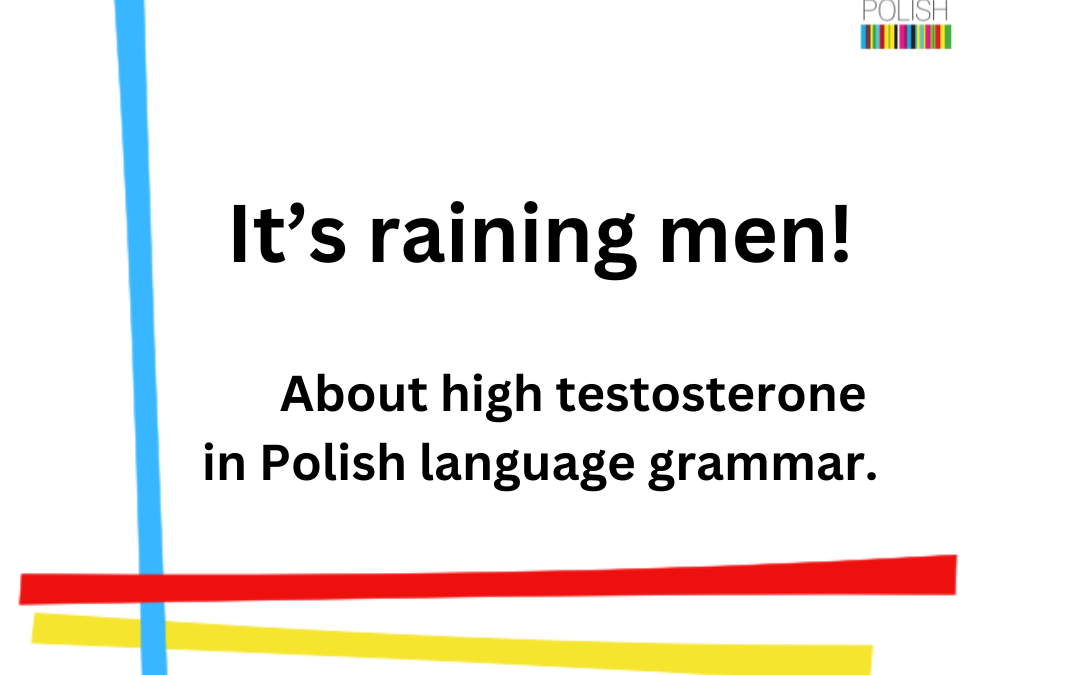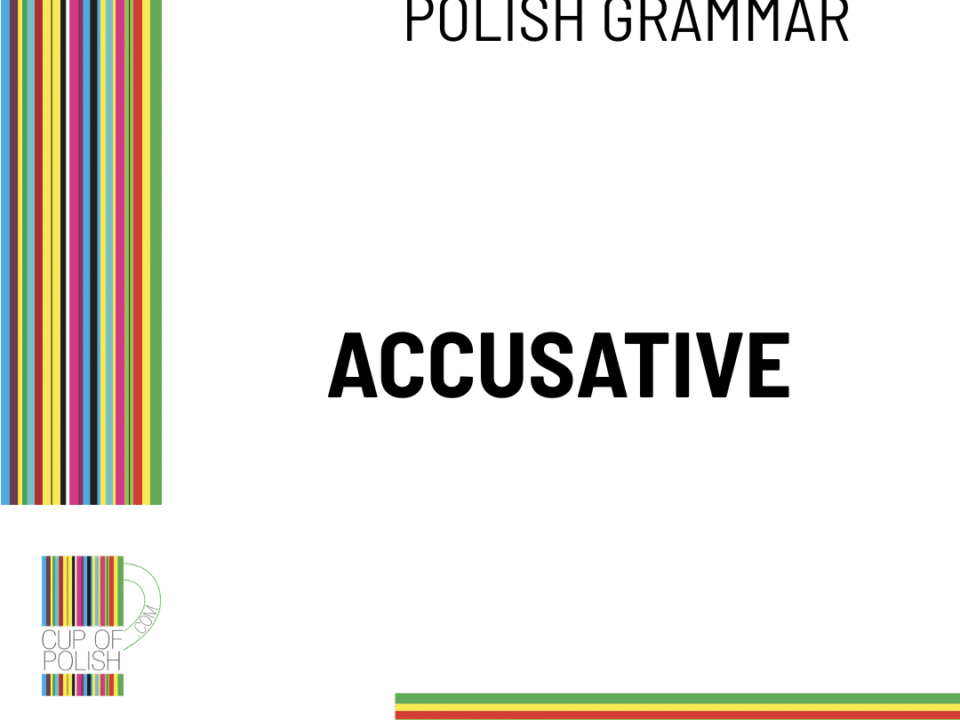
How Polish Lessons Benefit International Students in Poland
12 September 2024
Navigating the Polish Language: A Guide for Expats
26 September 2024The Polish language loves genders. It is like a disco party that adores gender! The whole world is divided into genders. And genders into subgenders. The grammatical gender defines every person, every phenomenon, every concept, and every thing. We have this complicated system at our fingertips, or rather in the Polish mind – in an internalized image of the world. We’ve mastered this intricate game; it’s practically second nature (or should I say, second gender?) at this point! Classifying people, things, and phenomena by genders—masculine, feminine, and neuter—is our first instinct, like instinctively reaching for the last piece of pizza at a party.
In the singular, we have the masculine gender, which has something special – three subcategories: personal masculine, animate masculine, and inanimate masculine. We also have the feminine gender without subcategories and the neuter gender – also without subcategories. There are also a few exceptions in every part of this system.
In the plural, it’s a piece of cake! Things get delightfully simple. It’s like switching from a complex dance routine to the Macarena! In the plural, the Polish language divides the world into only two groups: men and the rest of the world. Or the whole world and men. Whatever you prefer.
So here’s the scoop: we have the personal masculine group (a.k.a. the “handsome guys” club) and the non-personal masculine group (which is kind of like the “everyone else” or “everything else” section).
In our personal masculine section, we gather all those splendid plural nouns that cheerfully denote men, like gentlemen, doctors, boys, sons, professors, people (yes, all the cool kids!), neighbours, politicians, athletes, Poles, Spaniards, Brazilians, colleagues, artists, poets, and so on. It’s a real chivalrous lineup! It’s raining men, Hallelujah!
In the second category, however, goes the entire rest of the world – everything that in Polish grammar univers is called the non-personal masculine gender. These are cars, bicycles, problems, breads, hamburgers, times, fruits, women, children, girls, nurses, books, female lawyers, wines, beers, vegetables, meetings, apartments, or museums. Everything is in that second great bag next to a small bag full of men.
Of course, this whole gig reflects the historical social system that’s been frozen in time, like that awkward dance move your uncle keeps doing at weddings. Maybe it’s time to shake things up a bit?
So let us know if you’re ready to navigate this fabulous Polish mental map! Especially when you’re hopping into the past tense—where you can zoom through time and use the endings – LI for the dapper personal masculine (the form ONI) or – ŁY for the chill non-personal masculine (the form ONE).
Let’s keep the fun rolling! 🎉







